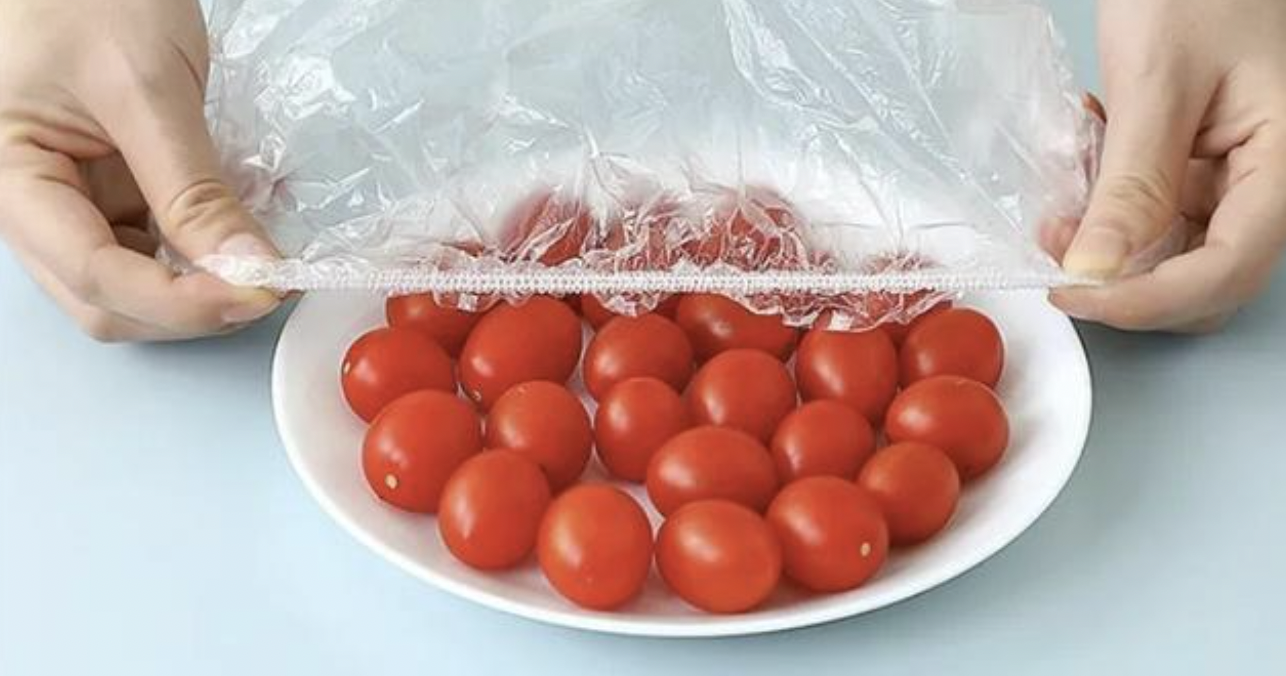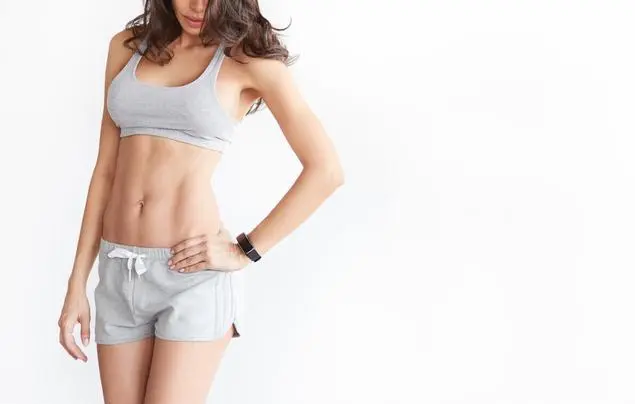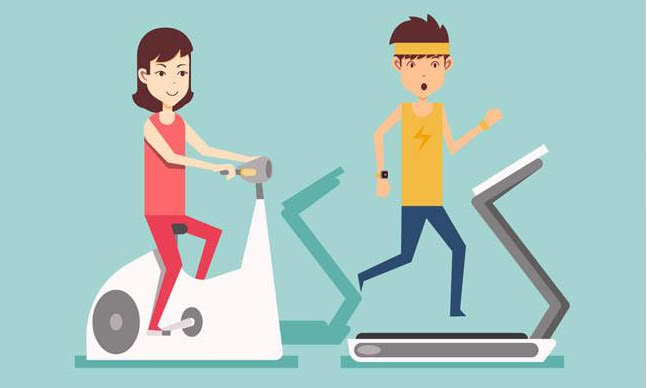In your daily life, have you ever experienced that if you squat in the toilet for too long, you will feel dizzy and black in front of you when you get up suddenly. If so, you should be alert. This may be a sign of orthostatic hypotension.
Orthostatic hypotension is a sudden occurrence of hypotension. The patient may suddenly faint, or lose consciousness and fall down, thus hitting some parts of the body; In severe cases, it may cause falls, fractures, or other diseases of the body, resulting in ischemia and hypoxia.

Symptoms of orthostatic hypotension
Orthostatic hypotension is a manifestation of abnormal blood pressure regulation, that is, when the human body suddenly stands upright, the blood pressure drops sharply.
Most patients showed dizziness, dizziness, blurred vision, narrow vision, and sudden darkness in front of them. Some patients showed weakness, fatigue, nausea, accompanied by palpitations, headache and other symptoms. A few patients may also show syncope, orthostatic dyspnea, chest pain, neck and shoulder pain, etc.
The patient with orthostatic hypotension may have the above symptoms after standing. The mild patients may only have some discomfort, and the severe patients may have multiple symptoms at the same time. These symptoms do not occur when we are supine, but can be alleviated when we are sitting or lying flat. These symptoms sometimes occur at specific times, such as when getting up in the morning, when urinating, after eating, or after taking a drug initially.

Causes of orthostatic hypotension
There are five main reasons for orthostatic hypotension:
1) Primary autonomic nervous insufficiency: Primary autonomic nervous insufficiency mainly occurs in the central nervous system and is a disease characterized by autonomic nervous dysfunction, which may lead to dysfunction of neural regulation.
It is characterized by insufficient sleep, poor spirit and poor mood. Modern people have a fast pace of life, high work pressure, and often stay up late. It is easy to cause autonomic dysfunction, which is also the most common cause of orthostatic hypotension.
2) Drug factors: calcium channel blockers, diuretics α Receptor blockers and other drugs are closely related to orthostatic hypotension. These drugs have the effect of dilating blood vessels and can lead to orthostatic hypotension.
These drugs are commonly used in antihypertensive drugs, antianxiety drugs, antiadrenergic drugs and vasodilators. Patients with the above diseases should pay attention to their physical conditions after use.
3) Postprandial orthostatic hypotension: This type of hypotension usually occurs after breakfast, usually within 2 hours after meal, accompanied by syncope or falls.
Do you think it's strange that orthostatic hypotension still occurs after eating? After looking at the following example, you can see that: after exercising on an empty stomach in the morning, we go home to eat a bowl of hot porridge, and then start to do housework standing up. At this time, it is easy to have orthostatic hypotension after meals.
This is because the blood sugar is low after being hungry all night; After fasting morning exercise, blood sugar will be lower than before. After drinking a bowl of hot porridge, the intestines and stomach will be stimulated to cause the expansion of gastrointestinal mucosa. The hydrolysis of starch in food into glucose will lead to more secretion of active peptides, which will then cause the expansion of internal organs and blood vessels. In addition, it is easy to have dizziness after eating because of insufficient blood supply to the head when standing and working after eating.
4) Diabetes: data shows that among diabetes patients, the incidence rate of orthostatic hypotension is 13%. If diabetes is accompanied by orthostatic hypotension, severe cases may lead to cardiac arrest, respiratory arrest, or even sudden death. The autonomic nervous function of patients with diabetes is disordered, which leads to poor vascular elasticity and poor vascular regulation ability, thus causing orthostatic hypotension.
5) Infection: The infected pathogenic microorganism will cause the human body to produce a variety of cytokines. These inflammatory mediators will paralyze the blood vessels, which will cause the patient's blood pressure to drop. The patient's infection is often accompanied by fever, which is easy to sweat a lot, and the sweat takes away part of the body fluid, making the patient's blood pressure lower again.

Precautions for orthostatic hypotension
For most patients, the occurrence of orthostatic hypotension is transient and can be relieved by sitting or lying down for a while.
When someone is found to have fainted, let him lie flat and turn his head to one side to avoid the tongue blocking the airway; Or keep sitting and put your head between your legs to ensure blood supply to your brain. At the same time, send the patient to the hospital in time to avoid missing the best time for treatment.
So, how to prevent orthostatic hypotension in daily life?
△ Avoid standing for a long time and lying in bed for a long time.
△ At ordinary times, pay attention to strengthening the leg and abdominal muscles.
△ Quitting smoking and drinking can also prevent orthostatic hypotension.
For the elderly, medication and their underlying diseases are one of the factors that cause orthostatic hypotension. It is reported that the incidence of orthostatic hypotension in the elderly is 20%, and the incidence rate of the elderly over 75 years old is as high as 30%. Orthostatic hypotension in the elderly may lead to falls, fainting, disability, and even increase the risk of stroke and myocardial infarction, so pay more attention at ordinary times!
If the elderly suffer from cardiovascular and cerebrovascular diseases, it is recommended to add rubber mats on the toilet and bathroom floor, and pave carpets in the bedroom to avoid bruises when falling.
Popular Articles
-
Why fitness to include strength training?6 benefits to tell you why

-
 The world's most bizarre house: The Pearl of the Grasslands Yurt
The world's most bizarre house: The Pearl of the Grasslands YurtJul 02, 2025
-
 Want to be comfortable at home, add these 4 good things, beautiful and practical, full of happiness
Want to be comfortable at home, add these 4 good things, beautiful and practical, full of happinessJul 02, 2025
-
 Fat loss is not good enough? 4 points to brush up your fat and help you get in shape
Fat loss is not good enough? 4 points to brush up your fat and help you get in shapeJul 02, 2025
-
 6 moves to train every other day to get a waistline.
6 moves to train every other day to get a waistline.Jul 02, 2025
-
 Treadmill PK elliptical machine, which is more fat burning?
Treadmill PK elliptical machine, which is more fat burning?Jul 02, 2025







Comments
0